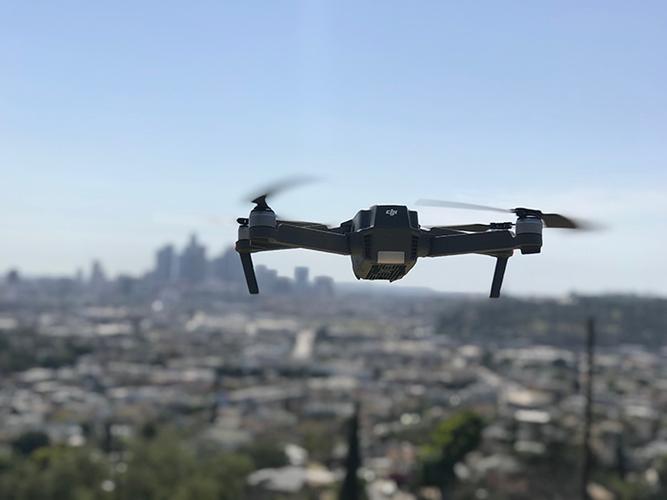In the modern era, the term “drone aircraft” is synonymous with a myriad of applications spanning recreational to military uses. But tracing back the genesis of drone technology unveils a vast tapestry of innovation and invention. As we delve into who invented the drone aircraft, we must explore various pioneering minds and technological advancements that have cumulatively shaped today’s drones. The initial seeds of this technology were sown in the early 20th century, amidst a backdrop of war and innovation. One cannot overlook the significant contributions made in this space by figures such as Nikola Tesla, who, in the late 1800s, envisioned remote-controlled vehicles which laid theoretical groundwork for later developments.
Tesla’s ideas, though not immediately realized, sparked the imaginations of many, paving the way for innovators in the 20th century.
During World War I, the American military sought unmanned aircraft, leading to the development of the “Kettering Bug” in 1918, a crucial milestone as it was the first operational unmanned aerial vehicle (UAV). While the Bug was used primarily for testing, it set the stage for further UAV advancement. Fast forward to World War II, and drones had evolved into more sophisticated, albeit rudimentary, radio-controlled aircraft used for training purposes. Companies like Radioplane, founded by Reginald Denny, a Hollywood actor and avid aviation enthusiast, began producing target drones used by the military for gunnery training. These radio-controlled targets marked a significant leap forward in drone technology.
Militarization and Technological Breakthroughs
By the 1960s, the Vietnam War catalyzed further development, with drones now playing pivotal roles in reconnaissance missions. During this period, technological breakthroughs were spearheaded by companies such as Ryan Aeronautical, which developed the Ryan Model 147 series, extensively used by the U.S. Air Force for reconnaissance. These drones were much more advanced in terms of flight range and camera capabilities. As we further explore who was behind these innovations, the focus shifts to Abraham Karem, often dubbed the “father of UAV technology.” Karem, originally from Israel, moved to the United States and founded Leading Systems. In the 1980s, he developed the “Amber” UAV, the predecessor to the iconic “Predator” drone now entrenched in military and surveillance operations worldwide.
Karem’s designs emphasized endurance, range, and stealth, significantly influencing modern UAV architecture.
 With the advent of GPS and advanced communication technologies from the late 1990s onward, drones transformed from primarily military tools to commercial and recreational marvels. Companies like DJI Technology further popularized drone aircraft, bringing them into mainstream consumer markets with user-friendly designs equipped for photography, videography, and entertainment.
With the advent of GPS and advanced communication technologies from the late 1990s onward, drones transformed from primarily military tools to commercial and recreational marvels. Companies like DJI Technology further popularized drone aircraft, bringing them into mainstream consumer markets with user-friendly designs equipped for photography, videography, and entertainment.
The question of who invented the drone aircraft is not simply attributed to one individual but rather a series of technological evolutions and contributions from various brilliant minds.
As drones continue to evolve, new inventors are emerging, pushing the boundaries with innovations in AI, energy efficiency, and autonomous flight technology.
Frequently Asked Questions
- Who is considered the father of modern drones?
Abraham Karem is widely recognized for his contributions to modern UAV technology, particularly for his design of the “Predator” drone. - What were the early uses of drone aircraft?

Initially, drones were used for military training, reconnaissance, and target practice during the world wars. - How have drones impacted civilian life?
Today, drones are integral to various sectors including photography, agriculture, disaster management, and delivery services.

As technology progresses, the legacy of drone aircraft inventors remains evident in their ongoing impact across multiple domains.
